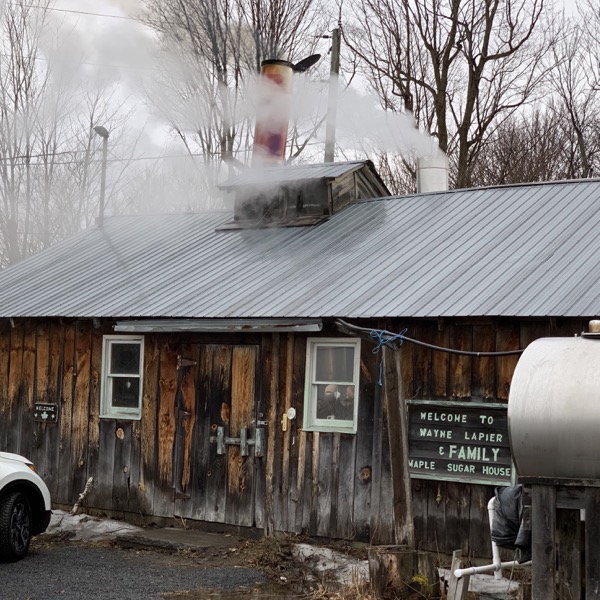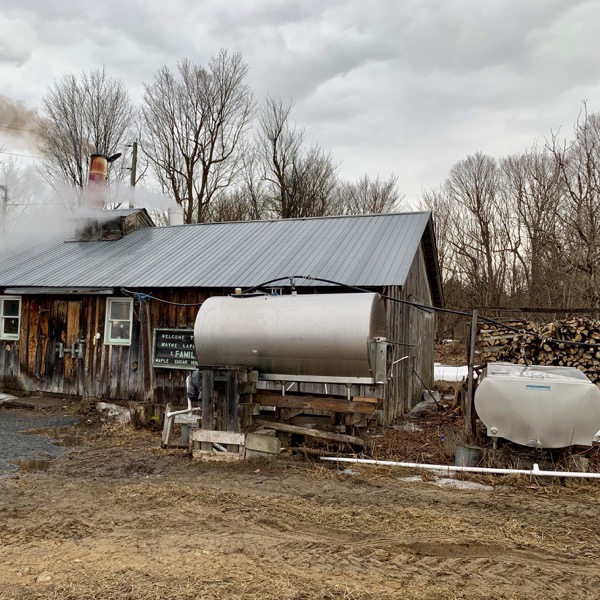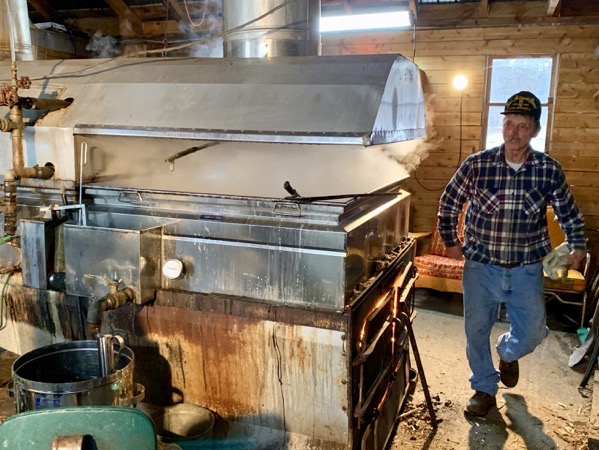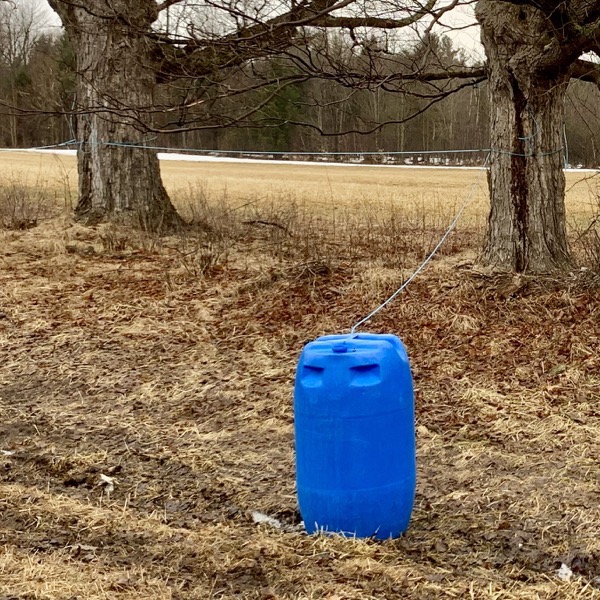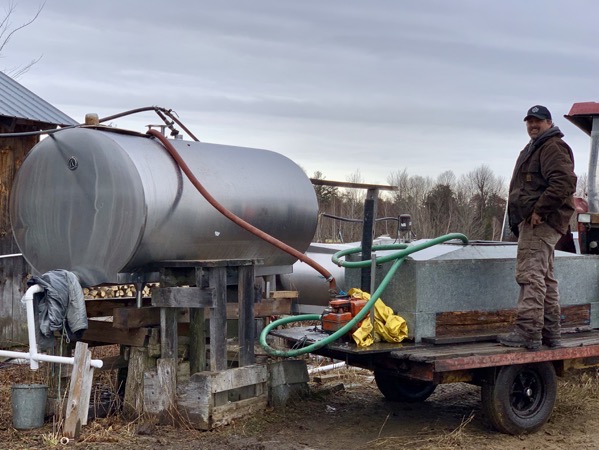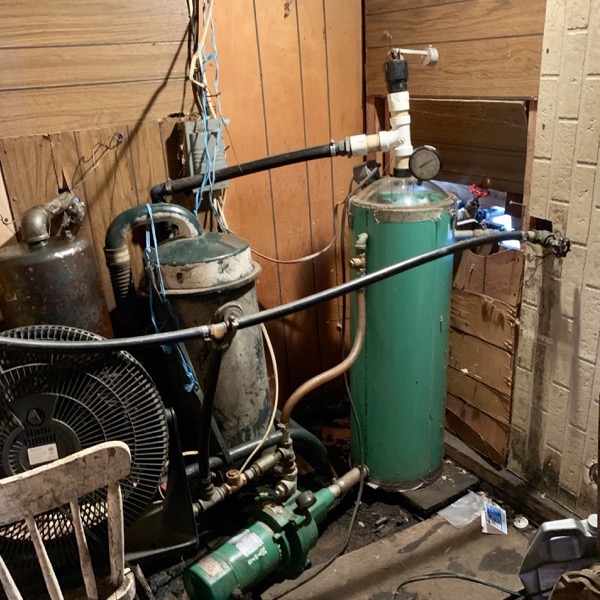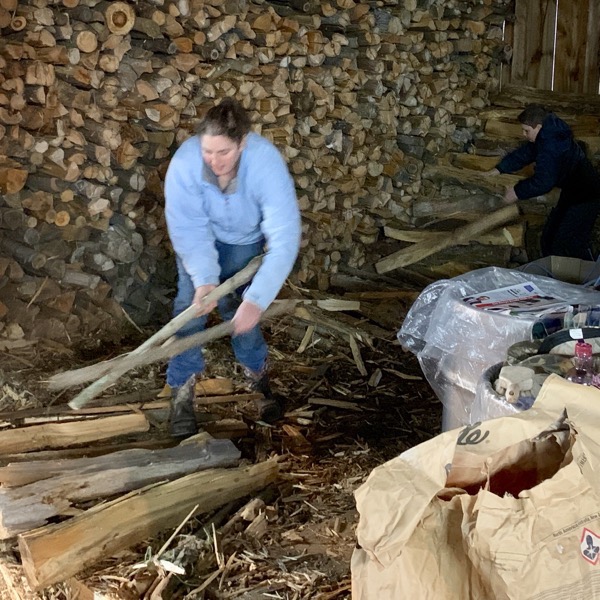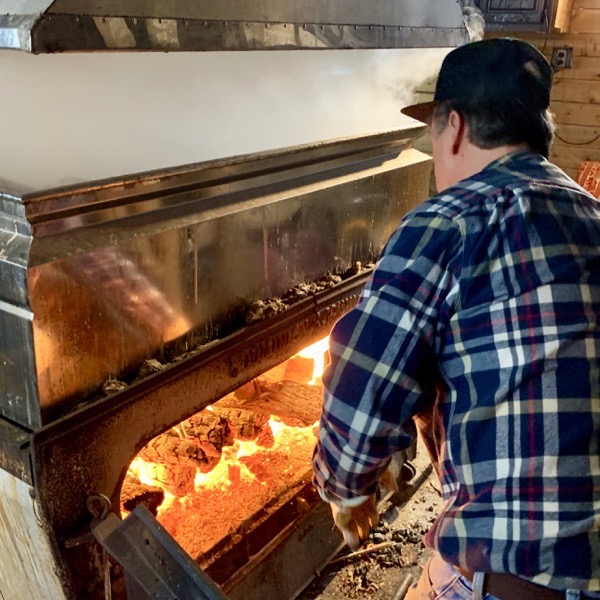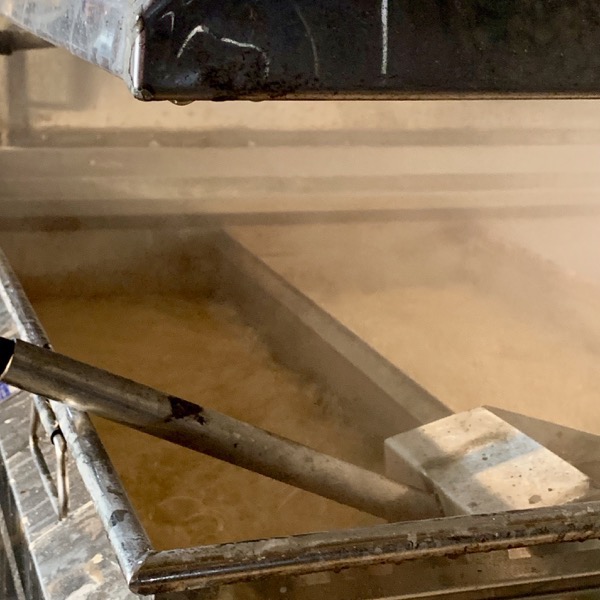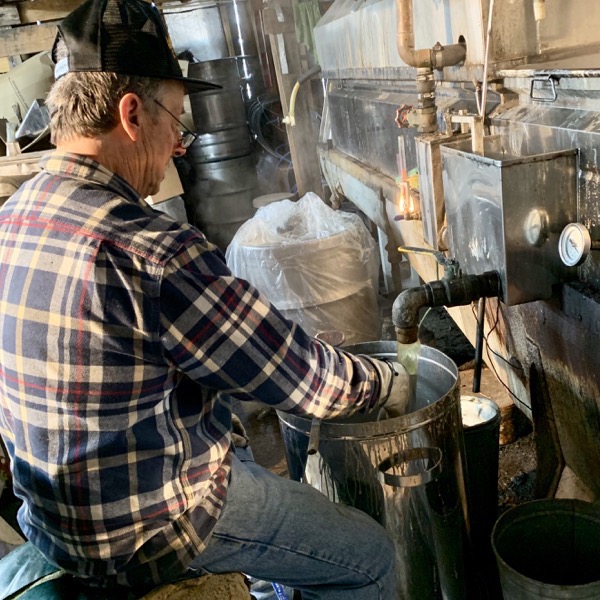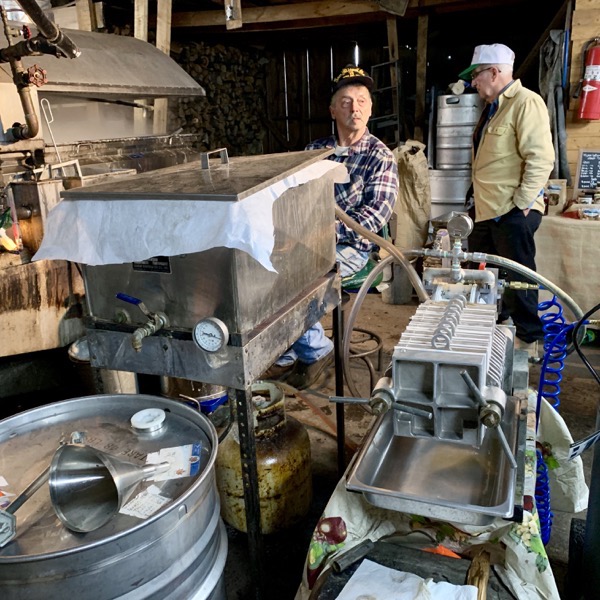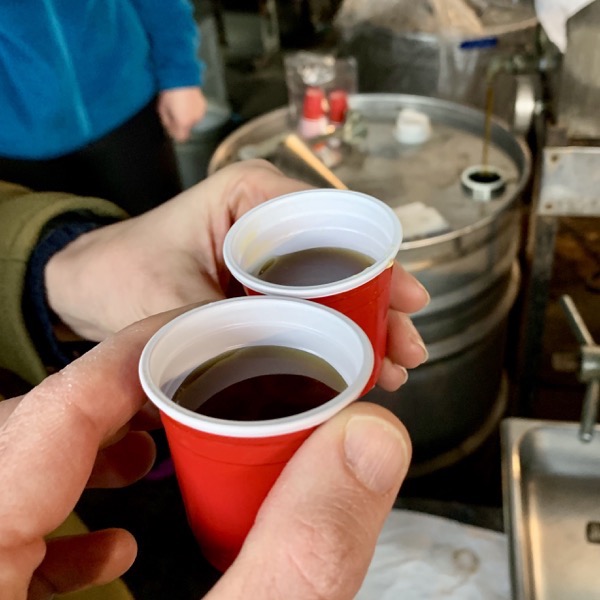Maple sugar and Marx's <em>Grundrisse</em>
During this spring of social distancing I sat at home and read Karl Marx’s Grundrisse. The Grundrisse is a working-out of the ideas that would eventually make up the three published volumes of Capital. But Marx died before he could put much of the material in the Grundrisse into a more finished form, so it remains maybe the best overview of Marx’s total vision of how capitalism functions.
Also this spring, the geographer David Harvey taught a course on the Grundrisse at CUNY and posted his lectures to YouTube. At one point he asked his students for feedback — what were they getting from the text and lectures? In appreciation of the work he’d put in, I also sent him an email.
The email’s as good a summary of where my research has been taking me as anything I’ve written, so I’m posting it to my own blog as a way to mark my progress.
I’m a librarian by trade, but my training and research interests are in history, and I’m currently researching the history of maple sugar production in the early American republic. Specifically, I’m looking at a set of three attempts, between 1790 and 1795, to produce maple sugar on a large enough scale that it could replace cane sugar imported from the Caribbean.
One of the key insights that I’ve picked up from the Grundrisse is that of viewing the circuits of capital as a totality. I’m finding that thinking about both how sugar was produced and how it was distributed and consumed is, well, productive.
Cane sugar was produced on large plantations with an almost industrial character — a great deal of investment in the form of fixed capital, but still reliant on enslaved laborers and a focus on a single staple product for export. After harvest and an initial refining process in the Caribbean, cane sugar was then shipped to the United States (or Europe), where it had to be refined again both to fix damage from travel, and to make it the purer, whiter grade desired by genteel consumers.
In contrast, maple sugar was produced in the northeast US and in Canada on small family farms, with little investment needed, free labor (whether family members only or occasional wage labor), and as an adjunct to the larger farm production, with most of the sugar kept for personal use and some being sold at local markets. Maple sugar was refined to a level similar to a Caribbean brownish muscovado but not further.
What the investors in large-scale maple sugar wanted to do was usurp cane’s place within the totality of production, distribution, and consumption, by mass-producing maple sugar in a quality similar to what was shipped from the Caribbean, transporting it to urban seaports, then having existing refineries transform it into a high-grade white sugar.
There were three major attempts to harvest maple sugar on a large scale between 1790 and 1794. The proprietors were William Cooper, in Cooperstown, NY; Henry Drinker, at Union Farm on the Susquehanna in southeast PA; and Gerrit Boon, near Utica, NY. These were independent but not unrelated attempts; Drinker was Cooper’s biggest investor, while Boon visited both Cooper and Drinker’s operations.
All three failed. What’s interesting to me, and what the Grundrisse gives me a lens for understanding, are the ways in which they failed, and how the initial vision for the projects gradually retreated.
Initially, as conceived by Cooper, Drinker, Benjamin Rush, and a circle of Philadelphia Quakers who invested in both Cooper and Drinker’s attempts, the maple sugar industry was intended to strike a deathblow to Caribbean sugar plantation slavery. Farmers and their families, settled in the forests of Pennsylvania and New York, would produce raw sugar equal in quality and quantity to that of the sugar islands. They would do so using simple tools rather than industrial facilities, and laboring for only a few weeks of the agricultural year.
But Cooper’s first attempt, in 1790, produced only relatively small amounts of a poor-quality sugar that the Philadelphia refiner Edward Penington had difficulty refining and selling. Cooper and Drinker had hoped to gain the endorsement of the country’s elite. But Thomas Jefferson and James Madison, having been sent samples of maple sugar, expressed support publicly but in private denigrated the quality and refused to serve it at their tables.
The next year Cooper tried to increase the quality of his maple sugar by building a refinery in the woods, based on descriptions of refineries at Caribbean plantations. We don’t know exactly what went wrong, only that he shipped only a very small amount of sugar out of Cooperstown in 1791 and closed up his operation soon after.
Drinker’s operation at Union Farm attempted to produce maple sugar for several years but, like Cooper’s, never seems to have produced enough to create a return for its investors.
Boon’s also failed, but in a more interesting way. Boon seems to have had no interest in antislavery; he was a Dutchman employed by a sugar refining and mercantile house in Rotterdam, had experience on Caribbean sugar plantations, and owned slaves at his central New York home. He was simply looking to use his expertise to make a killing for his firm. His attempt was based around a significant investment in fixed capital: creating a system of troughs and gutters to collect the sap and draw it by gravity to the refinery. Modern maple syrup farmers can pull that off with a system of plastic tubing and a vacuum pump, but Boon’s handcrafted wooden troughs warped and leaked. The experiment was deemed a failure and Boon’s firm instead invested in the burgeoning land speculation market.
I’ve been thinking primarily about production, and a little about consumption, but before watching your lectures and reading the Grundrisse, I hadn’t considered the other circuits that flow within the totality of cane sugar/maple sugar production. Credit is one: from where do Cooper, Drinker, and Boon get their initial investment, and how does that affect the progress of their attempts? And I don’t know as much as I’d like about the farmers or laborers who did the actual work of harvesting and refining maple sugar as I’d like.
